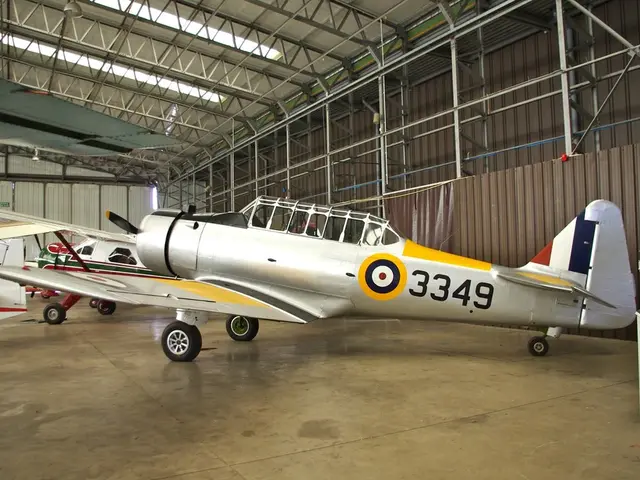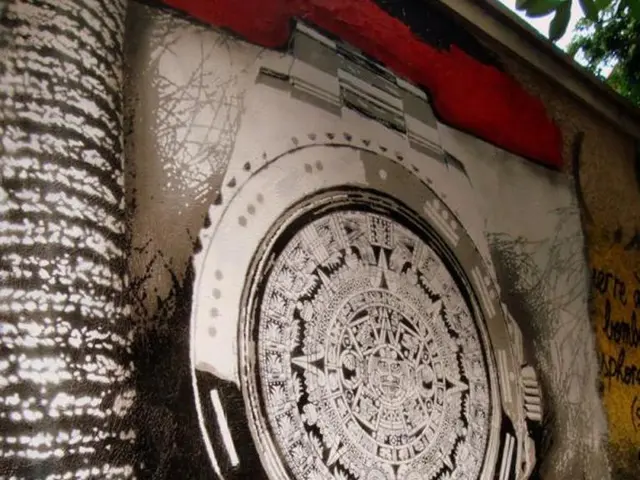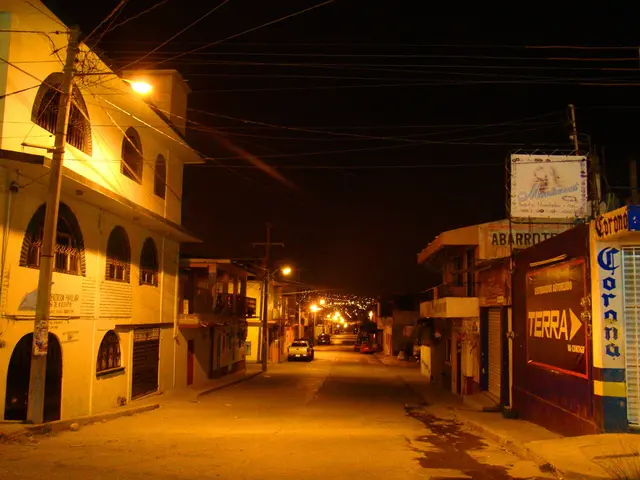Satellite Tech Revolutionizes Flood Mapping, Saving Lives
Satellite technology has revolutionised flood mapping, providing critical data for disaster management. The Mississippi floods in 1973 were among the first events mapped from space, marking a significant milestone in this field.
NASA's Shuttle Challenger pioneered the use of synthetic aperture radar (SAR) in 1987, enabling all-weather flood mapping in Bangladesh. This technology laid the groundwork for the Landsat series, launched in 1972, which has since been successfully employed for various mapping and monitoring applications.
In the early 2000s, NASA researchers demonstrated global flood monitoring and mapping capabilities using the Moderate Resolution Imaging Spectrometer (MODIS). This was followed by the Copernicus Programme and ESA's Sentinel missions in the 2010s, providing operational services including flood mapping from satellite images.
A significant leap forward occurred in 2019 when Airbus developed a machine learning-based algorithm for satellite-based flood mapping, successfully tested during the 'Wild Ride' experimental mission. This was further advanced by a team of researchers who demonstrated an onboard machine learning-based flood mapping algorithm, successfully tested in orbit within a year. Looking ahead, future Earth Observation includes 'smart' satellites equipped with self-learning models, processing image data into actionable information within minutes.
The International Charter for Space and Major Disasters, initiated in 1999, ensures satellite images are provided to support disaster management at no cost to the user.
From the Mississippi floods in 1973 to the upcoming 'smart' satellites, satellite technology has continually evolved, providing vital support for flood management and disaster response. These advancements have been instrumental in saving lives and mitigating the impact of floods worldwide.








